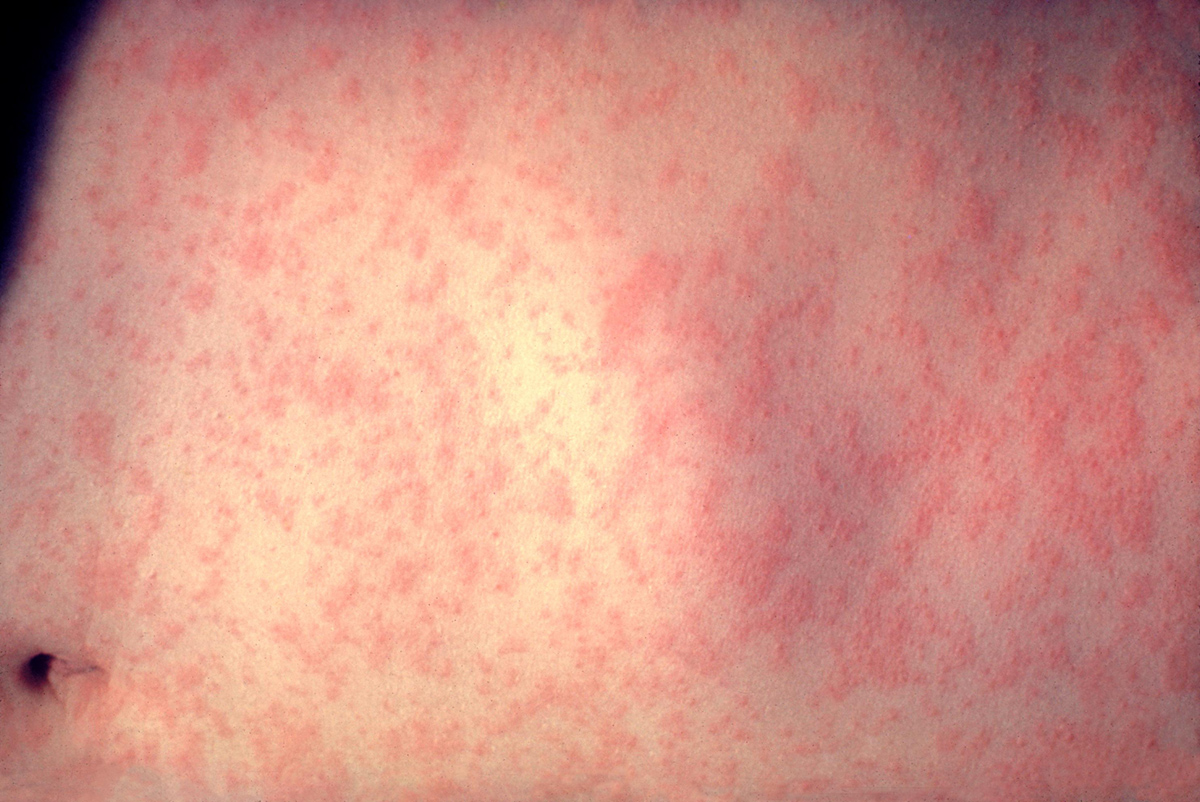
If you notice skin lesions or blisters around your lips you probably have herpes infection and thus developed cold sores (some call these fever blisters). The most common location of these skin lesions is the skin of and around the lips, but herpes labialis (mouth herpes) may also occur on the chin, your cheeks, on the nostrils or on your gums in some cases.
Herpes simplex virus type 1 (or just HSV1) is the most likely cause of fever blisters and people who have this infection got in contact with the virus sometime during their childhood age. Patients must have been in contact with the saliva or the skin of the infected individual, probably by sharing the same glass, toys or being kissed by the infected person.
The First Infection with HSV1
The first contact causes primary HSV1 infection and it can pass completely unnoticed if symptoms are very mild. However, infected people may experience sores on the inside of the cheeks, swelling of the gums, some nausea, sore throat or even high body temperature (fever). Fever blisters usually last for 7 to 10 days and resolve after that time, but the virus remains dormant (inactive) permanently in their body. HSV1 stays in the nerve roots of the cheekbones and after exposure to some stress, menstruation, sunlight or because of some illness, it gets reactivated and leads to an outbreak of fever blisters on the spot where they have already appeared before.
Stages of Fever Blisters and Symptoms
There are four stages in the development of fever blisters, so we differentiate initial or the prodrome phase, the appearance of blisters on the skin, the collapse of blisters and then the healing phase. The prodrome phase is commonly reported to be the first stage of development of fever blisters when patients experience tingling, itching or tightness of the skin before skin lesions even occur. They may also notice burning or soreness of that particular spot where sores are about to appear and this phase usually lasts for several hours (from 2 to 48 hours) before fever blisters occur on the skin.
The second phase occurs when fever blisters have already appeared in a form of a single lesion or a cluster of skin lesions, all swollen and usually red in color. Some people may feel tired or experience body aches, fever or swelling of regional lymph glands during this phase, while others complain about intense localized pain.
A week or two after blisters appear they rupture and collapse, turning into ulcers and start to dry. This is the third phase of fever blisters and it is known as the most contagious phase, during which the affected skin may be very dry, itchy or sore.
After this time, ulcers start to heal, forming crusts. The spot may still be dry, itchy and tight but once they heal they do not normally leave any scars.



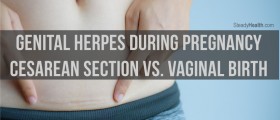
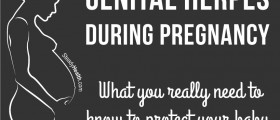

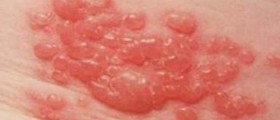
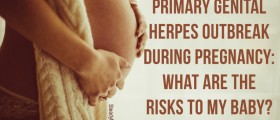

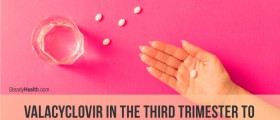

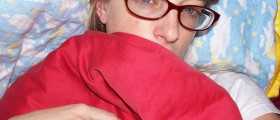

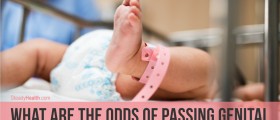
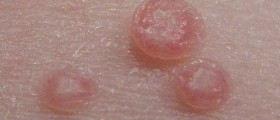

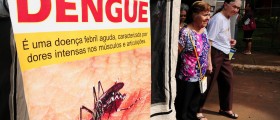
Your thoughts on this
Loading...